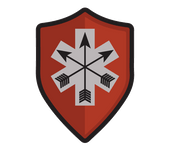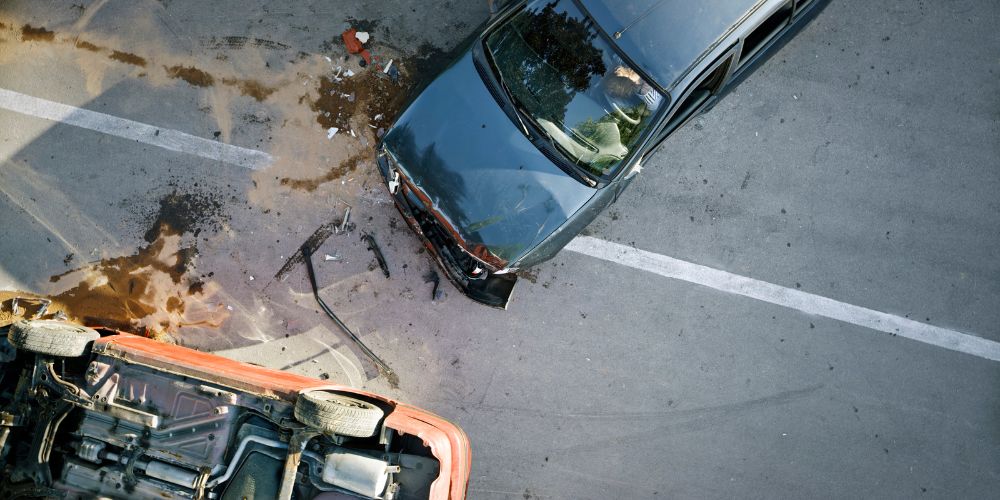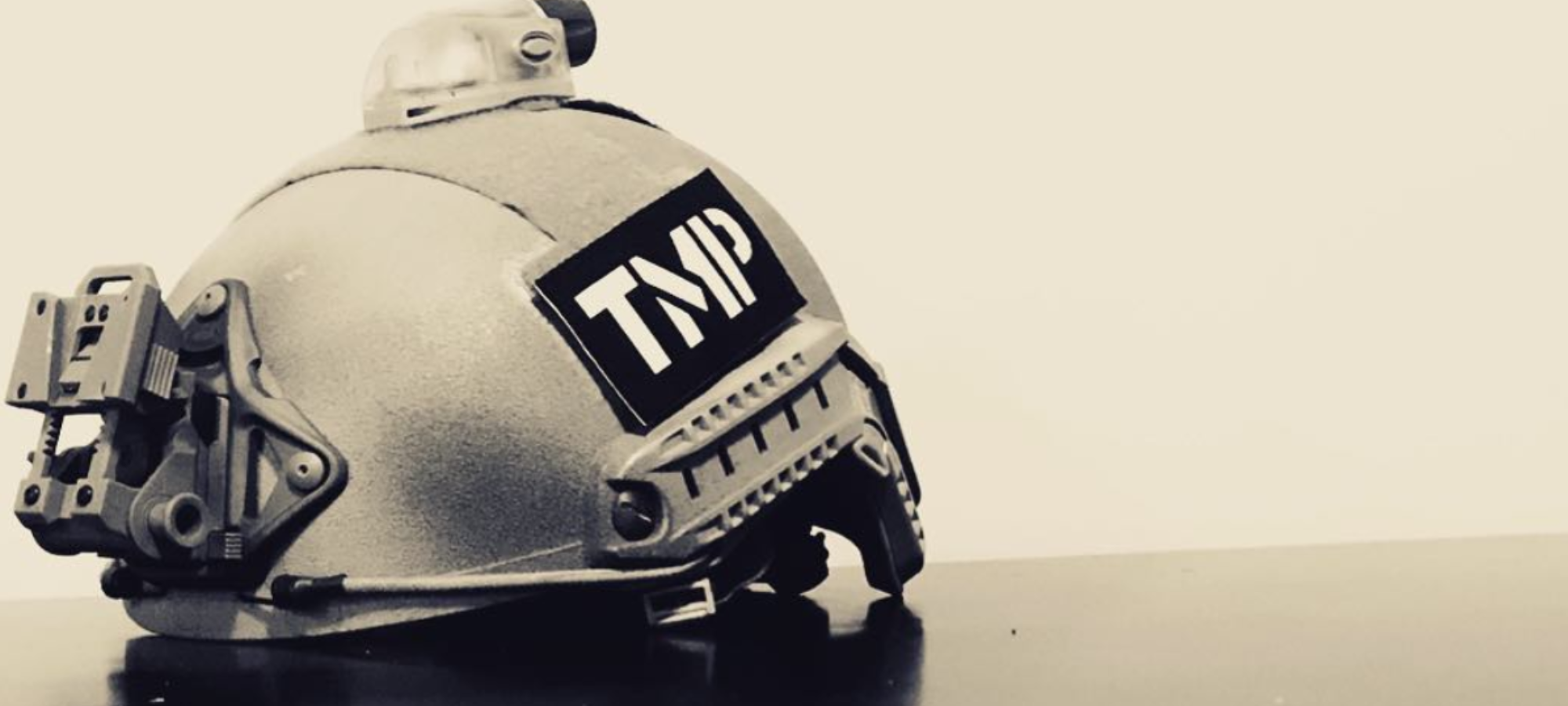In high-intensity situations like critical incidents, effective prioritization is crucial for Special Operations Aid & Rescue (SOAR) teams. Our primary objective is to provide immediate medical assistance and save lives. In this blog, we will explore the essential elements that should be prioritized in the aftermath of such incidents, including assessing scene safety, bleeding control, and airway management.


Assess Scene Safety
Before any medical interventions can take place, SOAR teams must ensure the safety of themselves, victims, and bystanders. Evaluating the scene for potential hazards such as active shooters, unstable structures, or ongoing threats is the first step.

Contact Law Enforcement
Clear communication and coordination between healthcare professionals and law enforcement agencies is an essential part of providing a safe and secure environment for patients. Open dialogue between all stakeholders helps to ensure that patient safety is the top priority and that any potential threats to the safety of patients are addressed quickly and efficiently. Proper communication and coordination can also help to prevent unnecessary delays in patient care and ensure that the best possible care is provided in the most timely manner.

Bleeding Control
Addressing severe bleeding is a top priority in critical incidents. Time plays a critical role in preventing loss of life due to excessive blood loss. Immediate action, such as applying direct pressure to wounds, using tourniquets if needed, and packing wounds, can significantly improve the chances of survival. SOAR teams should be equipped with advanced bleeding control techniques and be proficient in their application.

Airway Management
Maintaining a patent airway is crucial for the survival and recovery of victims in critical incidents. Unconscious individuals or those with compromised breathing require prompt attention. Clearing any obstructions, performing basic airway maneuvers (such as head-tilt/chin-lift), and administering rescue breaths should be swiftly carried out. Advanced airway management techniques, such as intubation, may be necessary and should be performed by qualified personnel.
In the aftermath of a critical incident, SOAR teams must prioritize their actions to maximize the efficiency and effectiveness of their aid and rescue efforts. By adhering to these prioritization steps and utilizing their specialized skills and equipment, SOAR teams can make a substantial difference in saving lives and reducing the impact of critical incidents.




